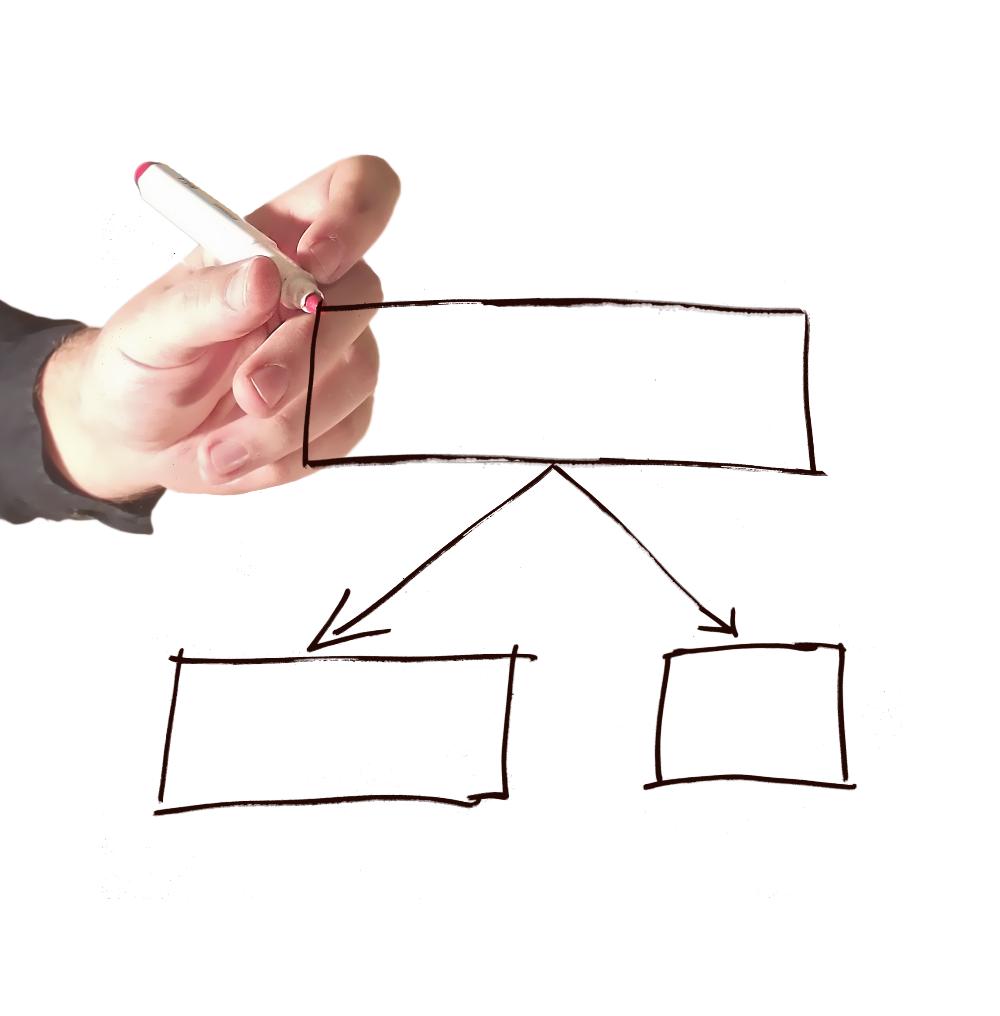An IT-OO can help a CIO take up a more strategic role in the company by taking over and running the IT operations much as the same way a COO would run the operations at a company level.

The need to go Digital is one of the top agenda items for the forward looking companies now. There is a strong belief in these companies that IT is crucial to become digital and achieve growth at a faster pace. The business divisions that would treat IT at arm’s-length and look at them on need basis now see them as an able partner who can stand with them to realise their departmental goals.
A major consequence of the digitization journey is the changing role of a CIO – a subject that is often discussed among the CIO fraternity, in the management forums and even in the Board rooms. A variety of perspectives can be seen in thought leadership articles and debates. If we have to summarise the substance of such discussions it could run as follows: CEOs expect CIOs to play a more strategic role and contribute towards setting the direction for the company, a CIO has to step up as an advisor to the business and even seek a position in the Board and he/she should get away from operations mindset and devote more time towards enabling new business propositions.
One of the approaches suggested as part the IT re-organization and the role of CIO is for companies to implement a two-speed IT architecture that brings in the capability to develop customer facing processes rapidly and at the same time follow the regular possibly slower speed for the back-end systems management. As we see the focus shifting to futuristic IT structure and CIO and recommendations on achieving them, a key aspect that is not deliberated much in this debate is continuity that is required for core back-end systems that support the existing operations of the companies. Several companies have implemented ERP solutions or equivalent investing heavily in software, infrastructure and training with the expectation that they will serve the company for several more years. Moreover, such investments require adequate maintenance so as to get the best out of them. Hence, this article is not about the changing role of CIO, instead is on creating a leadership role for managing the back-end core systems. The role can be compared to that of a Chief Operating Officer (COO) that oversees the operations of the company and hence can be called as IT Operating Officer (IT-OO).
Explaining IT-OO
The need for an IT-OO can looked at from the following lines of argument:
a. to give due importance to existing operations of the company
b. to avoid possible dilution of the emerging role of a CIO
c. to align the IT operations and changes to the strategy of the company
The mandate for the IT-OO could be:
- Provide necessary support to running the business on a day-to-day basis
- Keep the costs as low as possible
- Assemble and manage a team with the requisite expertise and provide the ample opportunities for career growth
- Adopt leading practices in the areas of governance, risk management and security
IT-OO will work under the overall direction of the CIO but will be empowered in matters related to legacy systems. We propose three major work areas of an IT-OO. There could be areas bordering existing and emerging businesses which need not be construed as conflicts but balanced as deemed right by the CIO.
Business Partnership
The business partnership requires an ‘external’ focus. Key responsibilities will include effectively engaging with businesses (internal customers and through them possibly external customers) on one side and vendors / service providers on the other side. IT-OO would work closely with the business to understand and fulfill on-going requirements, provide the required support and bring about improvements where necessary. On the other side, he/she would work with the vendors supporting the legacy systems to get the best value from them.
A key aspect of the business partnership is to manage the expectation of the customers and to moderate their demands that require investments beyond the plan. This may be crucial when improvements that are brought in at the customer facing front-end processes that are work-in-process conflict with the back-end demands. To achieve this, an IT-OO will have adopt a more pro-active approach to engaging with the business and learn the art of stakeholder management.
IT Operations
IT Operations demand an ‘internal’ focus. The operations cover primarily application and data centre maintenance, data management, governance and team management. In addition to regular maintenance tasks, IT-OO should be in a position to take up projects that bring about improvements towards on-going maintenance. The governance may include adopting industry leading practices for systems maintenance and upgrades that cover areas like security, risk mitigation, regulatory compliance management and quality audits.
A key aspect of IT operations will be budgeting and control. Studies show that in most of the companies more than 70% IT costs is incurred towards upkeep of the legacy systems leaving very little share for investing in emerging areas. IT OO would be tasked with preparing and controlling a budget that could be clearly distinguished from the budget for emerging areas. Deviations, if any could be allowed only with a support of a strong business case.
Another key aspect of IT-OO’s responsibilities will be to direct and oversee the performance of the team associated with the legacy systems. This assumes greater significance if there is a parallel team working on emerging areas leading comparisons such as new Vs old. IT-OO could work out methods like job rotation that would give the team chances to work on new technologies and experience new ways of solving company’s problems.
Alignment to two-speed architecture
The alignment decisions will cover transitioning new technologies that are rolled-out into maintenance portfolio after a settling time, sun setting legacy applications and adopting a continuous process to re-organize the legacy portfolio for better upkeep.
A key aspect of the alignment is to synchronise the legacy back-end with the emerging front-end and take care of the integration demands. This assumes greater significance when the alignment has to consider a number smaller scope services being rolled out in the front-end sometimes may be quickly discarded or revamped based on customer feedback. Overall, IT-OO has to ensure the ‘business-as-usual’ is not disturbed and at the same time ensure the two-speed approach works efficiently.

A Comparison with the Role of COO
Why do we have to call this position IT-OO? There are a lot of similarities between what the Chief Operating Officer (COO) does for a company to what IT OO would do to IT. Here are a few points:
COO | IT-OO |
Overseas day-to-day operations of the company under the direction of the CEO | Overseas day-to-day operations of IT under the direction of the CIO |
A “head-down” approach to business compared to “head-up” approach of CEO (to look into the future) | A “head-down” approach to IT compared to “head-up” approach of CEO (to look at fulfilling emerging business requirements) |
Creates operating policies | Responsible for IT policies and governance |
Works with departments to coordinate tasks and resolve conflicts | Works with departments to fulfil on-going requirements for IT and prioritize tasks. Resolves conflicts of back-end and front-end synchronisation |
Helps synchronise the existing resources to new investments | Helps synchronise legacy back-end to emerging front-end |
----------------
As Companies are testing out two-speed IT, a CIO may have to spread his/ her efforts really thin if he/she has to manage the two-speed structure. By bringing in an IT-OO, CIO can focus more on strategic aspects leaving the running of the operations to IT-OO. The success of this position would depend on the autonomy provided to the role and not a subservient one to the CIO.
-------------------
